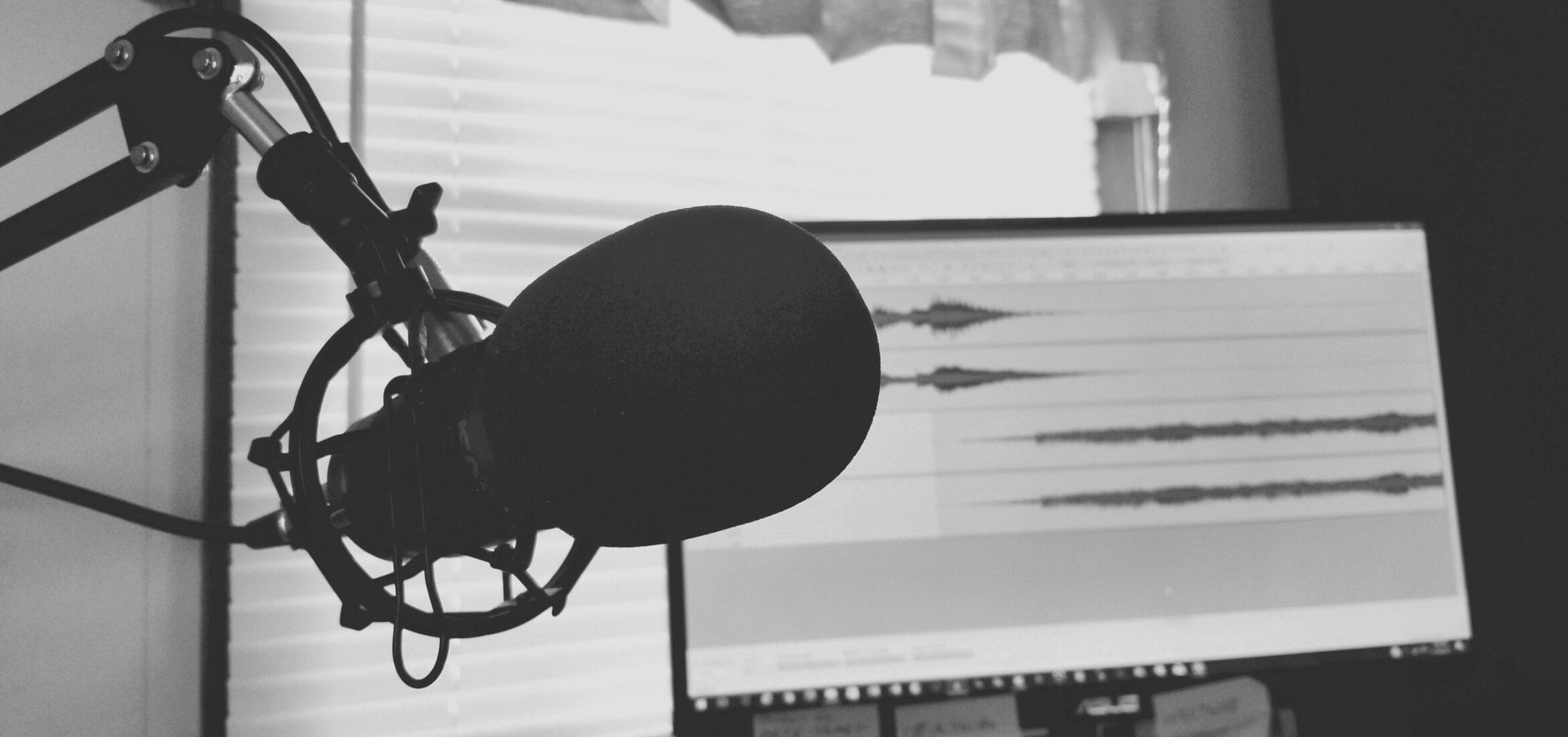Whether we’re discussing music production techniques or music theory, all the concepts, terms, and technical knowledge can get pretty complex. It takes years of study and dedication for most people to wrap their heads around music on this atomic level. While all of this knowledge is undoubtedly useful, it’s not necessary for creating great-sounding songs. People without a lick of musical know-how can still appreciate a catchy beat. And with today’s technology, it’s easier than ever to make your own music regardless of technical knowledge. All you need to get started are the basic building blocks (and maybe a DAW). If we want to break down a song into its most digestible components, we can think of three major components: rhythm, melody, and harmony. These latter two, melody and harmony, will be the focus of this article.
Melody and Harmony: What are They?
Even if you don’t know the precise definitions of melody and harmony, you’ve likely heard the terms before. At the very least, you’ve definitely heard them in action. Think about your favorite song. Now, hum it out loud or in your head. The string of notes you’re expressing or thinking of is most likely the song’s melody, i.e. the catchy part. If it feels like something is missing, however, it’s due to the lack of harmony (and the beat, of course). It’s ultimately the combination of these elements that makes a song truly inspirational. Let’s dive a bit deeper into melody and harmony and how they function.

What is Melody?
Melody can be defined in a number of ways, in both simplistic and technical terms. Simply put, melody refers to a sequence of notes that sounds “good” and “complete” when played in succession. If we examine the word’s origin, “melody” comes from the Greek “melos” which simply means “song.” In a way, then, the melody is the song itself, at least in the most basic sense. Remember, when humming your favorite tune, you’re typically humming the melody. Even without the rhythm or harmony, the song is recognizable. The melody is the thread that runs through and defines the song as a whole. In other words, melody is what makes the song memorable.
What is Harmony?
In many ways, harmony is inextricably linked to melody. The Greek “harmos,” meaning “joint” or “connection” helps illustrate this relationship. In fact, melody and harmony share a similar definition. While melody refers to the main sequence of notes that make up a song, harmony refers to a complementary sequence of notes derived from the melody, typically played on the same beats. So, while the notes of a melody and harmony differ, they’re played back simultaneously, as if on top of one another (chords). Additionally, these notes are related in some way; they might be two notes apart on the scale, or they might be the same note, one octave apart (i.e. a low C and a higher C played together). The various types of harmony (and their names/chord formations) leads us into the realm of music theory, however. To stay out of the weeds, we can simply say that harmony backs up the melody which informs it.
Melody or Harmony: Which Comes First?

When it comes to writing a song, you have a number of ways to get started. You might lay down a beat or write a line of lyrics that flows well. Many musicians, however, start with a melody. The melody is the song’s main thread, after all. But does the melody always have to come first? Is it possible to develop harmonies before even landing on a melody?
Earlier in this article, we mentioned that harmony is derived from melody. Logically speaking, then, it would have to precede harmony. That said, songwriting isn’t always so straightforward, especially when you build a song from chords. A chord is simply an expression of harmony, as it’s a group of notes performed simultaneously. A “C Major” chord, for instance, is just a “C,” “E,” and “G” played together. If your songwriting process begins with a few strummed chords from your acoustic guitar, you’re essentially developing harmonies before your melody even exists. Of course, once you have a melody that works, you may change some of the harmonies later. So, while harmonies certainly derive from a melody, a melody can also emerge from a chord or sequence of chords.
Implementing Melody and Harmony in Your Music

Now, you should have a basic understanding of both melody and harmony. But what can you do with this knowledge? How do you develop and implement melody and harmony in your musical productions?
Do What Sounds Good
Whether you have a master’s degree in music theory or you just picked up your first instrument, your goal is the same: make music that sounds good. “Good” is subjective, of course, but the point is to express yourself in a meaningful, truthful way. You don’t need to know the names of every note or chord you’re playing or writing in your MIDI piano roll. If you come up with a string of notes that sounds nice and catchy, you’ve just made a melody. From there, figure out which additional notes elevate or inform the melody in an interesting way. Now, you have harmonies.
Use Other Elements as Inspiration
If you don’t even know where to begin with melody or harmony, start somewhere else and use what you have to give you some ideas. For instance, if you have a beat, start by playing or placing notes (even one note) on certain hits, like the kick, snare, or hi-hat. What works? What doesn’t? Or, if you have lyrics, try deriving a melody from the flow and intention of your words. Think about the mood of the song, too. Is it a happy song? Try a major key (i.e. notes that “sound happy” together). A break-up song? Try a minor key instead.
Check out these other tips for music creators for more ideas.
Experiment!
You might not come up with a catchy melody right off the bat, and that’s okay. You’re free to mess around and try new things. Don’t be afraid of making mistakes! The more you experiment with different sequences of notes, different keys, and different chords, the more you’ll learn about melody and harmony, and how to make your music more memorable.
À propos de l'auteur

Ethan Keeley
Rédacteur, chanteur, musicien et monteur audioEthan Keeley est un musicien, un doubleur et un écrivain de Rochester, dans l'État de New York. Lorsqu'il n'est pas en tournée avec son groupe Unwill, il travaille sur de nouvelles chansons et histoires.
Laisse un commentaire
Connecte-toi pour commenter.


